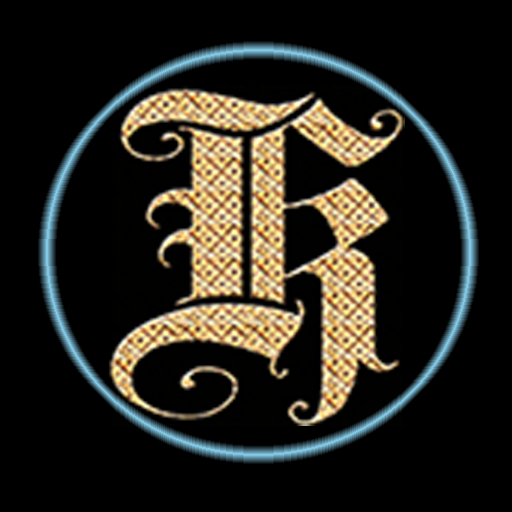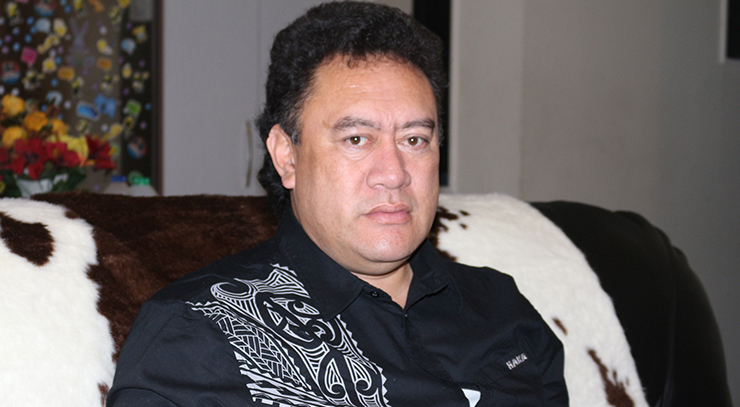Origin of the Tongan language by Dr Tonga Mohenoa Puloka
1. How was the Tongan language developed?
Socio-anthropological scientists would readily agree that modern Tongan language was a subunit of the general “poly-lingua” of the Polynesian tribes who came from South East Asia and finally established their homes in the South Pacific Region.  Located south of Hawaii and Tahiti, but in the central part of the Polynesian triangle is Tonga at the base, Samoa to the north and Fiji to the west of Tonga. Geography is of course an important identifier in history. Language, the principal anthropological and societal identifier is also the birthing womb of theoria and praxis, the basis of a people’s way of life, that is, civilization. Modern Tongan language is a continuum of socio-cultural, and religious development of societal epochs.
However, according to Dr. T. T.Mohenoa Puloka’s cosmogony, Tongan language originated as communication link between a Sky-god, Tangaloa ‘Eitumatupu’a and the earthly woman Va’epopua, who later became the mother of ‘Aho’eitu, the first Tongan man. ‘Aho’eitu’s father was the sky-god Tangaloa and his mother was Va’epopua. The union of divine and human is what Dr. Puloka called, “langiofe,â€Â langi is sky and ofe is curve, thus langiofe is the bending down of the unreachable sky to touch Va’epopua, the earthing of Tonga.
Liz, here is a case for compassion and power in the Tongan folklore (true history).
There is always such excitement in Dr. Puloka’s voice when he tells us about the “distance-made-near- romance†between the sky-god Tangaloa ‘Eitumatupu’a and the earthly maiden, Va’epopua. There was this toa tree that grew on the hilltop of Popua at the eastern end of Nuku’alofa. It was Va’epopua’s home at the foot of the toa tree. One day, Tangaloa looked down from the langi and “mafumala’u†at the sight of Va’epopua. He then decided to climb down the toa tree to be with Va’epopua, and out of their union was the birth of their son, ‘Aho’eitu, the first man, ‘Uluaki Tangata.’  A line from Dr. Puloka’s poetry, Langiofe, says it better than my poor effort at description.
‘Isa he langi ne taukakapa
kae ofe’i ‘e he ‘afio ka kuo ‘i-a’a
‘Uluaki Tangata ko e kaiafua
‘a e fefine he toa ‘i Popoua.
Langi was so transcendent
Yet made immanent by the
Fierce searching love that
Bears first man at Toa in Popua
2. How did it evolve to reflect our hierarchical society and other aspects of our culture?
Tongan language then and now is fundamentally a communication link between God and people.  As the society evolved from privacy to public domain, people then applied the same principles of their relationship to God such as reverence, deference, and submission, to the royalty and to the chiefs and to the common people. Thus modern Tongan language is as stratified as the Tongan society: royalty, chiefs, commoners. Each strata has its own exclusive sub-unit lingua. Language division is power sharing and commanding.
3. How is the Tongan language unique in comparison to other Pacific Islands or Polynesian languages?
All languages use metaphor as a tool in communication. But in the case of the Tongan language, the use of metaphor is a reflection of the Tongan way of life. Metaphor as figurative speech using a word or phrase to bring out the meaning of another idea with the same meaning, is the basic structure of Tongan language. However, that basic structure is the birth-child of “founga faka Tonga, the Tongan way of life. I, therefore, suggest that the Tongan way of life is metaphorical in such that doing and living of the “founga faka Tonga,†is in deference to God first, then the royalty, the chiefs, and the “tu’a†the people of the land—who are the most important basis of the Tongan hierarchical society. For instance, the use of the important institution of “ta’ovala,†a specialized mat wrapped on the waist by a kafa (a belt made of coconut fiber sennit), signifying respect to the people and to the mother earth, “fonua.†Different types of ‘ta’ovala’ signifying different types of occasion to which a person pays respect and due honor.
Editor: Kaniva Tonga Ltd would like to thank Dr Tonga Mohenoa Puloka for allowing us to publish his works to mark the Tongan Language Week in Aotealoa this week. His above-mentioned article in the Tongan Language is a poem dedicated to the Queen of Tonga, Queen Nanasi Pau’u Tuku’aho and the Queen Mother Halaevalu Mata’aho and all the women in Tonga who are coming together this month to celebrate the Sepitema Day.Â



